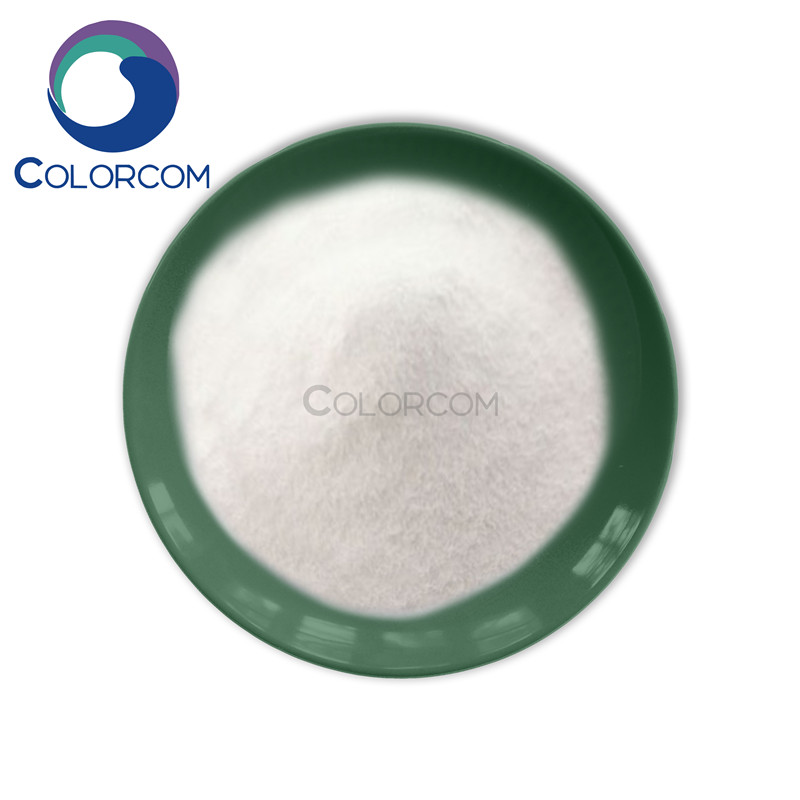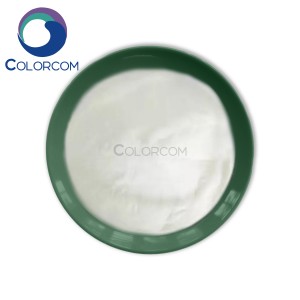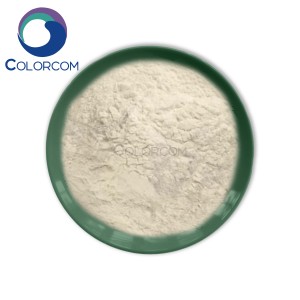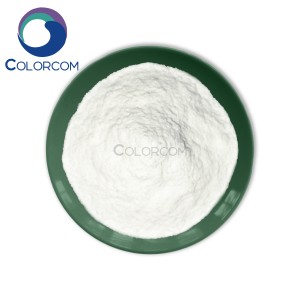L-Carnitine | 541-15-1
Products Description
L-carnitine, sometimes referred to as simply carnitine, is a nutrient manufactured from the amino acids methionine and lysine in the liver and kidneys and stored in the brain, heart, muscles tissue, and sperm. Most people produce sufficient amounts of this nutrient to stay healthy. Certain medical disorders, however, may prevent carnitine biosynthesis or inhibit its distribution to tissue cells, such as intermittent claudication, heart disease, and certain genetic disorders. Some medications may also adversely affect carnitine metabolism in the body.The primary function of L-carnitine is to convert lipids, or fats, into fuel for energy.
Specifically, its role is to move fatty acids into the mitochondria of eukaryotic cells that reside within the protective membranes that surround cells. Here, the fatty acids undergo beta oxidation and break down to form acetate. This event is what kicks off the Krebs cycle, a series of complex biological reactions that are essential to provide energy for every cell in the body.L-carnitine also plays a role in preserving bone density. Unfortunately, this nutrient becomes less concentrated in bone along with osteocalcin, a protein secreted by osteoblasts that is involved in bone mineralization. In fact, these deficiencies are the main factors that contribute to osteoporosis in postmenopausal women. Studies have shown that this condition may be reversed with L-carnitine supplementation, which increases available levels of osteocalcin.
Other issues that L-carnitine therapy may address include enhanced glucose utilization in diabetics, reduced symptoms associated with chronic fatigue syndrome, and improved thyroid regulation in people with hyperthyroidism. There is also evidence to suggest that propionyl-L-carnitine may help to improve erectile dysfunction in men, as well as enhance the effectiveness of sidenafil, the medication marketed under the trademark Viagra. In addition, research has shown that this nutrient improves sperm count and motility.
Specification
| ITEMS | Specifications |
| Appearance | White Crystals or crystalline powder |
| Identification | Chemical Method or IR or HPLC |
| Appearance of Solution | Clear and Colourless |
| Specific Roatation | -29°∼-32° |
| PH | 5.5-9.5 |
| Water Content =< % | 1 |
| Assay % | 97.0∼103.0 |
| Residue on Ignition =< % | 0.1 |
| Residue Ethanol =< % | 0.5 |
| Heavy Metals =< PPM | 10 |
| Arsenic =< PPM | 1 |
| Chloride =< % | 0.4 |
| Lead =< PPM | 3 |
| Mercury =< PPM | 0.1 |
| Cadmium =< PPM | 1 |
| Total Plate Count =< | 1000cfu/g |
| Yeast & Mold =< | 100cfu/g |
| E. Coli | Negative |
| Salmonella | Negative |









